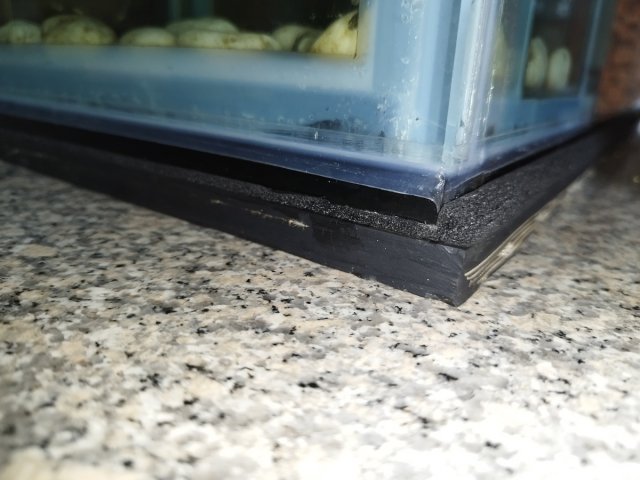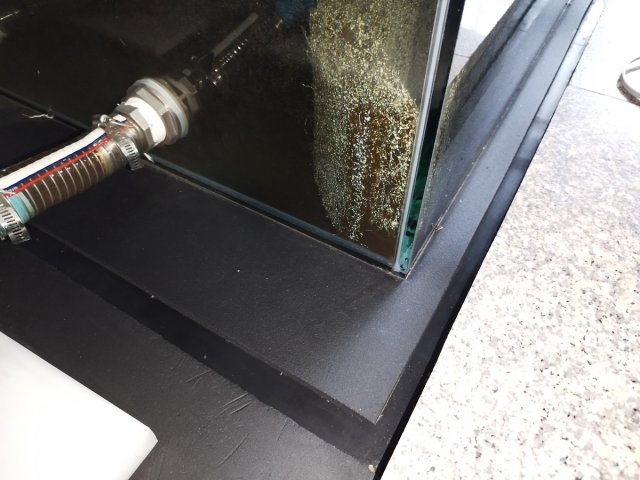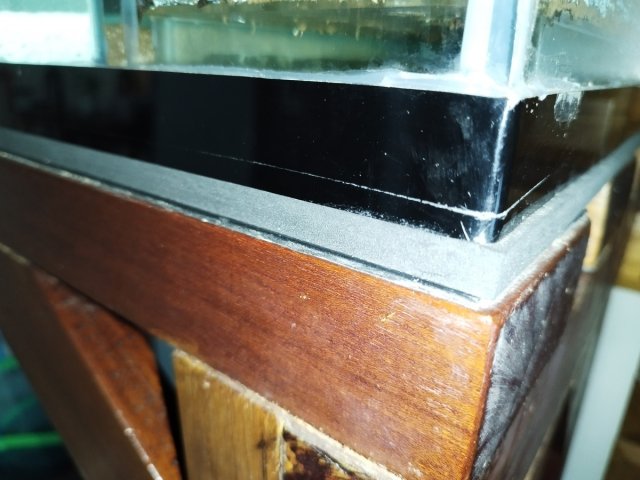I like to use a sheet of solid rubber, not the "expanded" stuff, under all my tanks, but its purpose is just to absorb any tiny irregularities in the surface of the wood or concrete stand. I'm talking about DIY plywood tanks and some smaller commercial all-glass tanks. I've heard that some manufacturers insist they will not honour the warranty on their tanks if the recommended base layer is not applied in the recommended fashion, but...a solid rubber base layer has never caused me any worries with all-glass tanks. The manufacturer of my plywood tanks is me; warranty claims have been few and far between but I have never failed to honour them.

But the rubber isn't there to level the tanks, it's just a protective layer with a bit of give to it. I make certain that the tank stand has a completely level surface before any rubber is cut and placed. It's hardly "tedious" and takes very little time to do, usually with opposing wedges driven under each leg from opposite directions, a little at a time, until perfect level is achieved. It's a one-time procedure and provides limitless peace of mind. It also prevents my OCD from driving me crazy from looking at a cockeyed angle at the water surface compared to the top of the tank.
If you are fairly positive that your tanks won't be moved, I've found one of the best ways to achieve and maintain perfect level is to attach a horizontal 2x4 directly to the wall at the correct level for the top of the stand. Then carefully build the stand from the top down, i.e. make a flat, square, true top framework and carefully attached it to that piece on the wall so that it's level, supporting it temporarily to keep it that way, and then carefully measure and cut each individual leg to the required length to maintain that level top. Attach the legs, make sure they are plumb, and then assemble whatever bottom level your stand calls for, diagonal braces, etc.
That first piece you attached to the wall is not supporting the tank weight; it was just there to help you assemble your stand. Once you're done you will have a perfectly level solid stand, still tied to the wall by that first piece; it's a custom fit only for use at that exact location...but for that location it's perfect.








